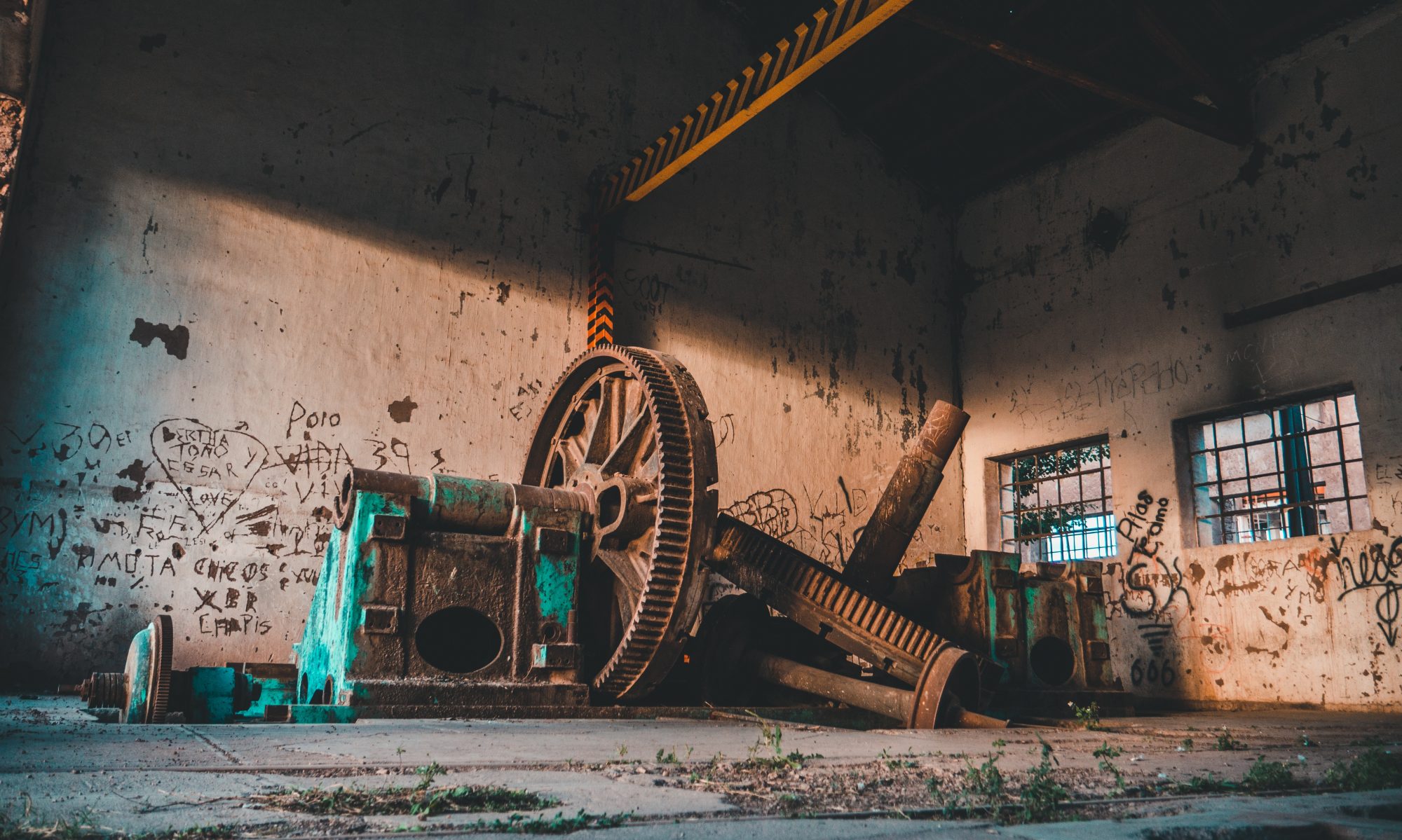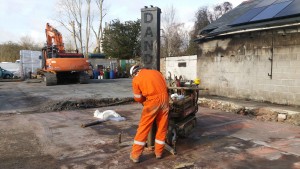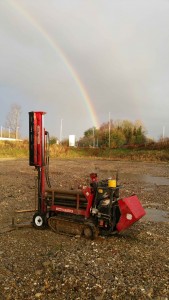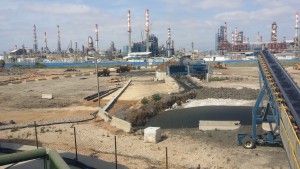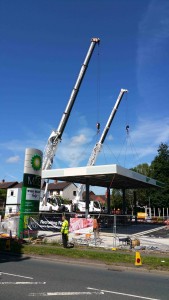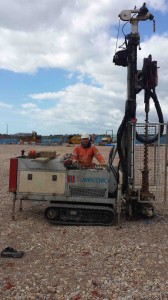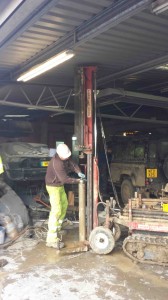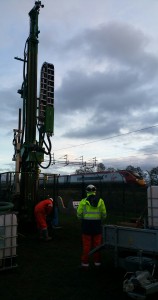
A prominent pipeline client came to us with a problem. A ‘positive’ problem that is. A section of their pipeline runs underground next to a railway line. The railway’s overhead high voltage power lines were causing an amplified positive electrode potential in the ground, which in turn was leading to increased corrosion of their pipeline. In these cases, cathodic protection is the usual solution.
A typical cathodic protection system would comprise a series of shallow earthing rods installed at regular intervals along the pipeline. However, this requires access for maintenance in the future to the entire pipeline. But these pipelines run for hundreds of miles through agricultural land, some of which is only accessible during certain periods of the year. The solution was to design a single anode string capable of achieving the required negative electrode potential in a vertical design. Thus saving on space, maintenance and cost
The client’s senior cathodic protection engineer approached us to see if we could drill a 75m deep borehole and undertake the (negative) anode installation. We took the challenge and set about devising a safe method for installing a multi core anode string weighing more than 300kg! The borehole was installed through 18m of gravel into underlying mudstone. Just to complicate matters further, our environmental appraisal identified a potential risk of penetrating into a sandstone aquifer beneath the mudstone. To mitigate these risks and achieve the required potential we had to install a vent pipe to the base of the borehole, a tonne of coke, gravel and a bentonite seal at the top of the mudstone to ensure the underlying aquifer was protected.
Exactly how we did all this is our secret but needless to say it involved a large rig, and unusually for us, a lot of “negativity” ………….But happy pipeline equals happy client – now that’s positive.
